More than 3,000 years ago, in the port city of Ugarit on the eastern coast of the Mediterranean, the scribes inscribed a song in the Hurrian language on a clay tablet. The Hymn to Nikkal is the earliest known musical score found to date. A recent study suggests that this brief composition could be of unprecedented importance: evidence of a shared global musical culture in the Bronze Age.
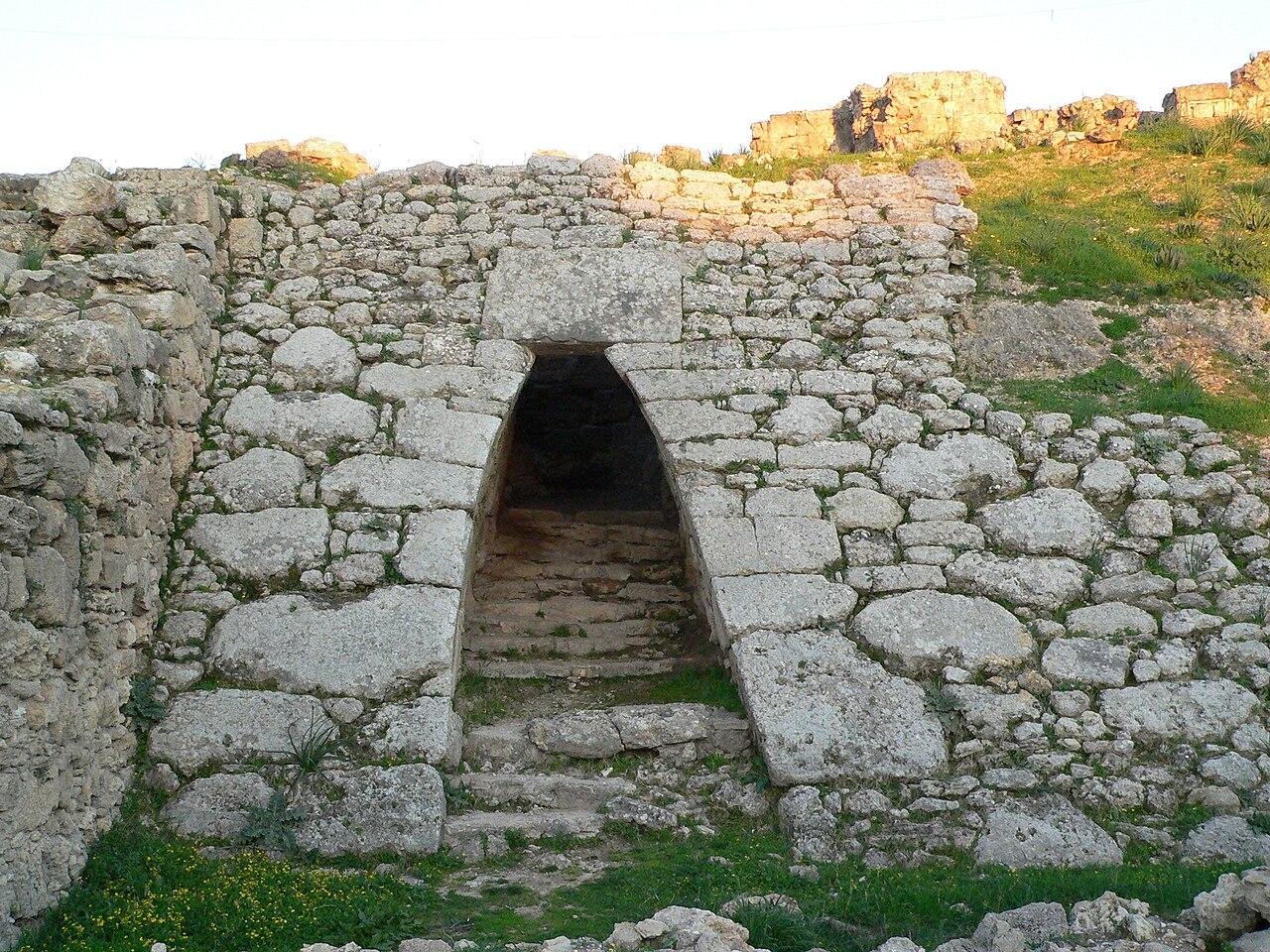
The study, conducted by University of California, Santa Barbara’s Dan C. Baciu, and published on the Preprints.org server, compares the Hymn to Nikkal with the Rig Veda, one of the oldest Indian sacred texts. Using computer-assisted rhythm and melody mapping, Baciu’s study demonstrated astonishing parallels between the two pieces. Baciu explained that one in five Rig Veda verses ends with the same cadence as the Hymn to Nikkal. The odds of this occurring by accident are less than one in a million.
Cadences—repeated melodic or rhythmic units—act as musical punctuation, marking verse endings. Two cadences dominate in the Hymn to Nikkal: one simple and heartbeat-like, and one more intricate. These same two models are used in the Rig Veda, with one most frequently ending verses and the other linked closely to the Triṣṭubh meter, according to Baciu. This duality of the simple and the complex, he argues, is a deliberate artistic choice.
What astonished researchers is not only the shared rhythm but also the echoed melodic tendencies. Ancient commentators on the Rig Veda described its melodies as mounting upon accented syllables and falling thereafter—a structure also found in the Ugaritic hymn. When reconstructed digitally, the two pieces resonated with such similar characteristics that their kinship became unmistakable.
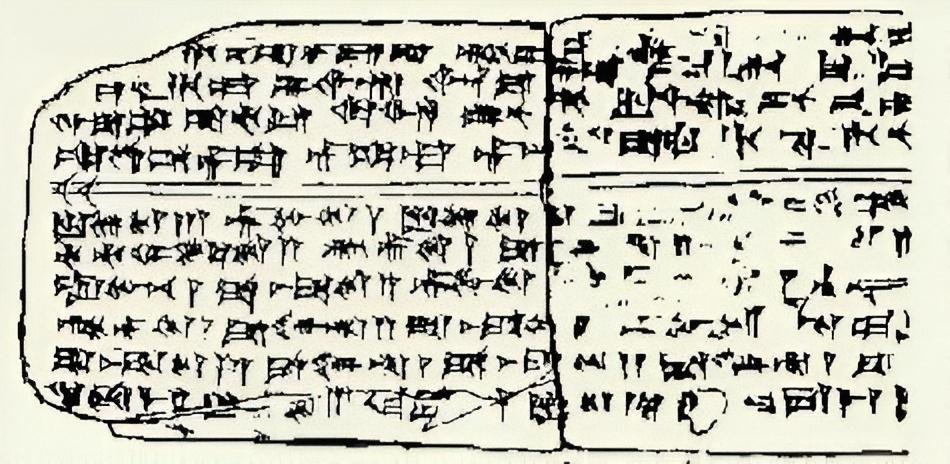
The discovery opens questions about the ways in which music was spread over long distances in ancient times. Situated at the crossroads of Near Eastern and Mediterranean trade, Ugarit connected Mesopotamian and Anatolian cultures. The Mitanni kingdom is referred to by historians as a probable cultural bridge between Ugarit and India. This Hurrian-occupied Bronze Age state, linked with Indo-European-speaking communities, would have been the channel through which Vedic traditions and musical forms were exchanged.
“The Mitanni left us two gifts,” Baciu wrote. “One is the earliest evidence of Vedic culture outside India. The other is this hymn, which demonstrates how music was able to unite civilizations.”
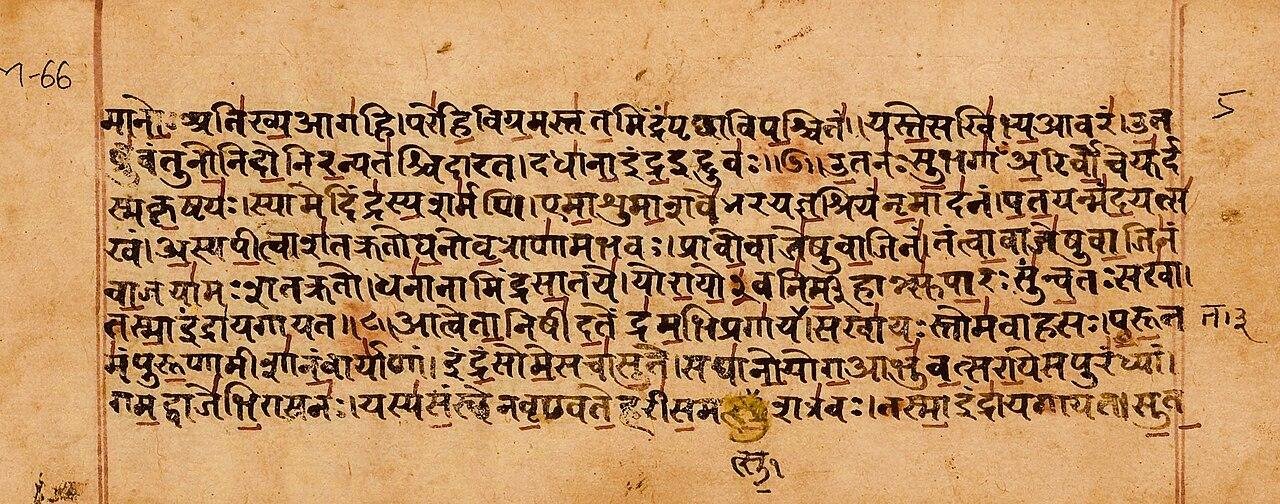
The implications go far beyond the interest of historians. The study suggests that music—more ephemeral than stone monuments or royal decrees—spread faster and more enduringly than political alliances. As kingdoms came and went, treaties dissolved, rhythms endured. Indeed, the same cadence patterns emerged centuries later in Greek lyric poetry, most famously in Sappho’s works, and much later in European literature, echoing even in the verses of German poet Friedrich Hölderlin in 1801.
The Rig Veda itself, even now recited by more than a billion Hindus at weddings and rituals, has maintained musicality with remarkable fidelity. Though accents have evolved over millennia, its cadences remain recognizable. This consistency shows how oral traditions preserved not only words but also musical structures with remarkable precision.
Baciu’s research suggests that music may have been the first global language, spreading more easily than armies or trade caravans.
Concepts of a global musical culture challenge classic notions of isolated civilizations. They also resonate with present-day questions regarding the unity of culture in divided times. Just as Ugarit’s rhythms linked India, the Caucasus, and the Mediterranean over mountains and deserts, music today still has the power to transcend borders.
While scholars caution that more evidence is needed—the presence of prehistoric musical scores is rare—the Hymn to Nikkal presents a tantalizing vision of a Bronze Age world where people, thousands of miles away from each other, may have traded not just goods but songs.




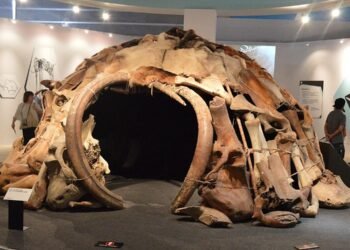
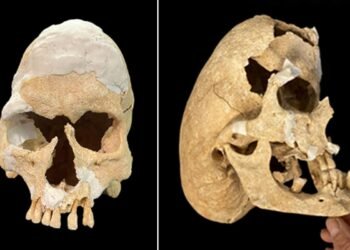
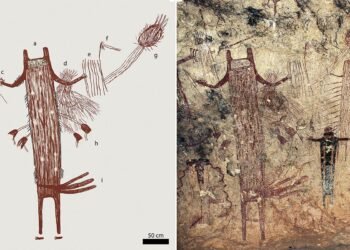
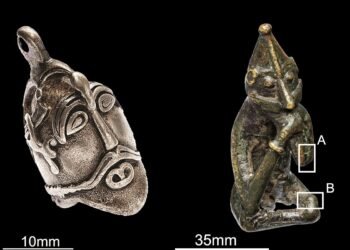
















I am a music aficionado (but not a musician) and this is the most beautiful and beautifully rendered composition I have ever heard and had the pleasure to enjoy. It is not easy to uplift a song/hymm from the heart to the soul but Dan Baciu has accomplished the sacred in a memorable experience.
Thank you so much!
P.S. Is it possible to purchase the audio version?
This can also means that the Rigveda composers’ancestors came to India fm Mittani
Greeks to Cholas perhaps. Cholas never failed to honour musics.